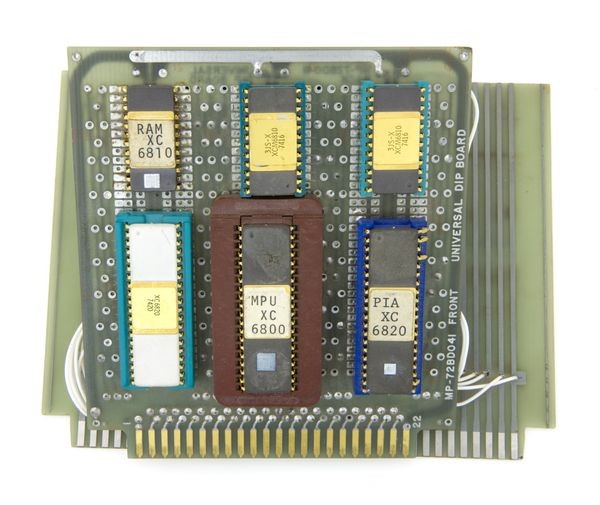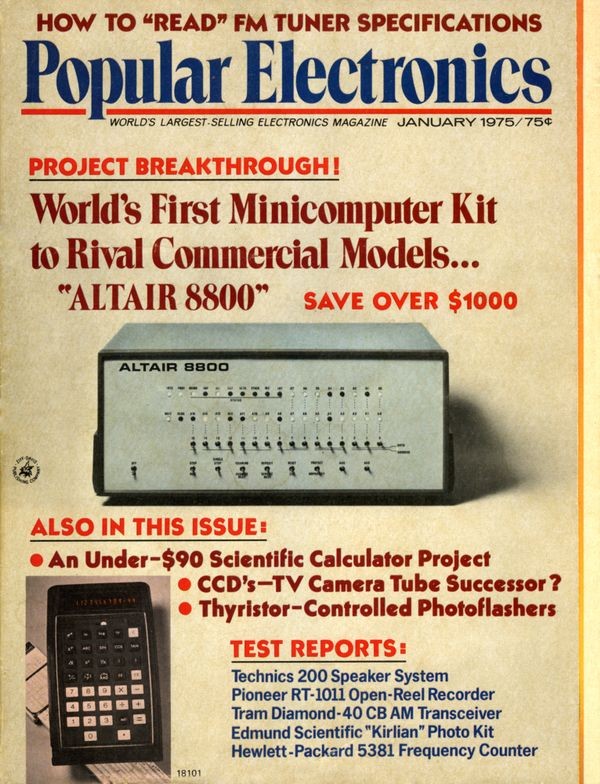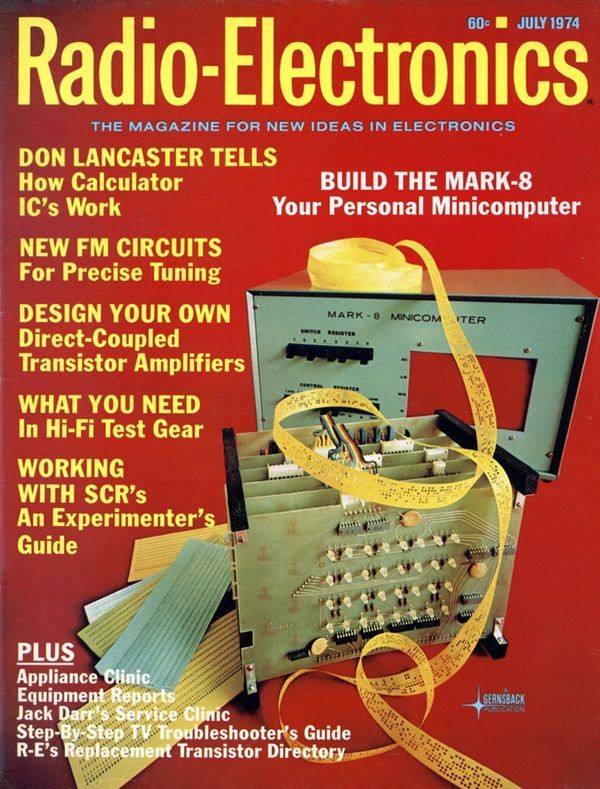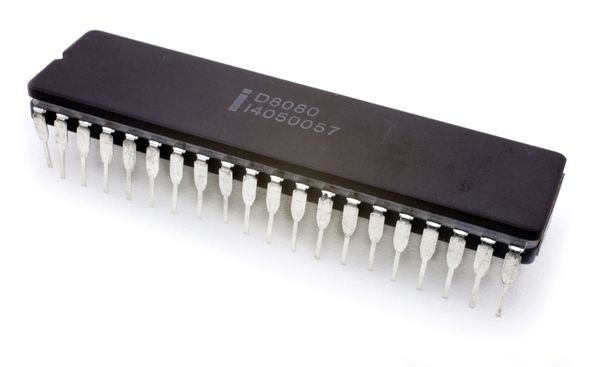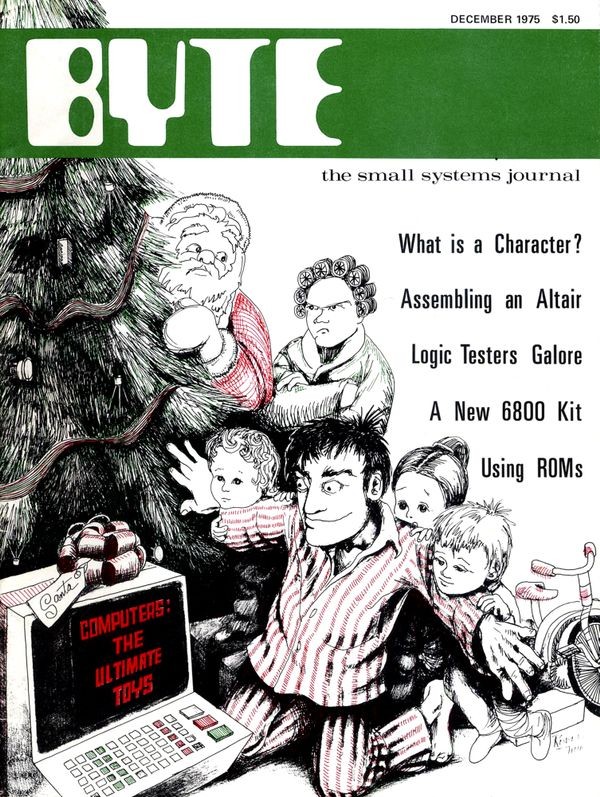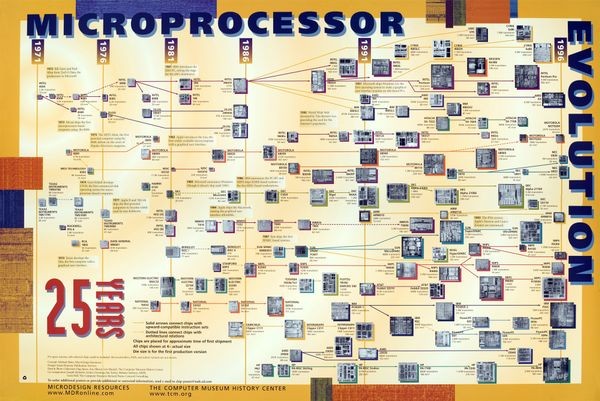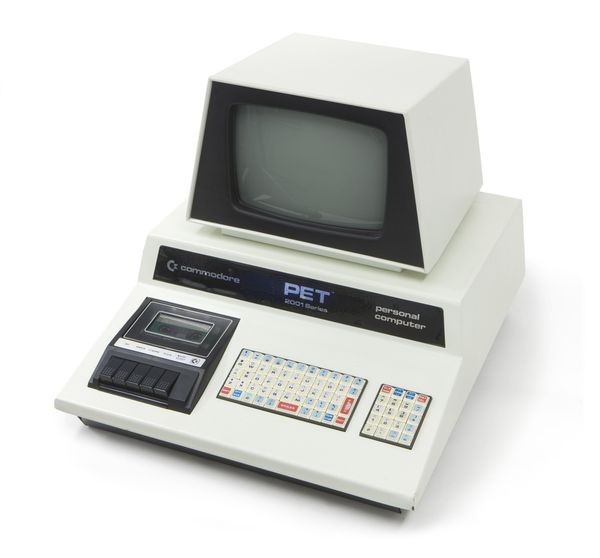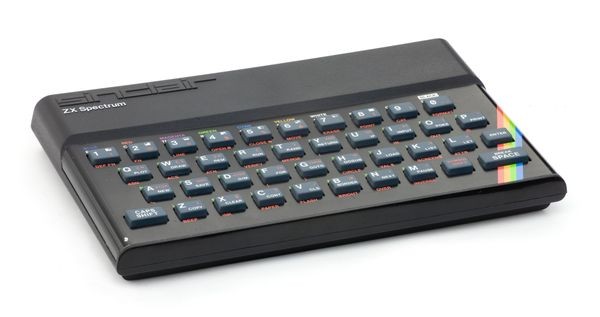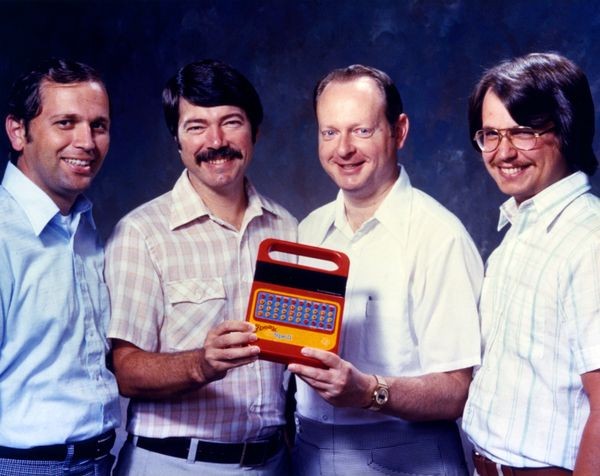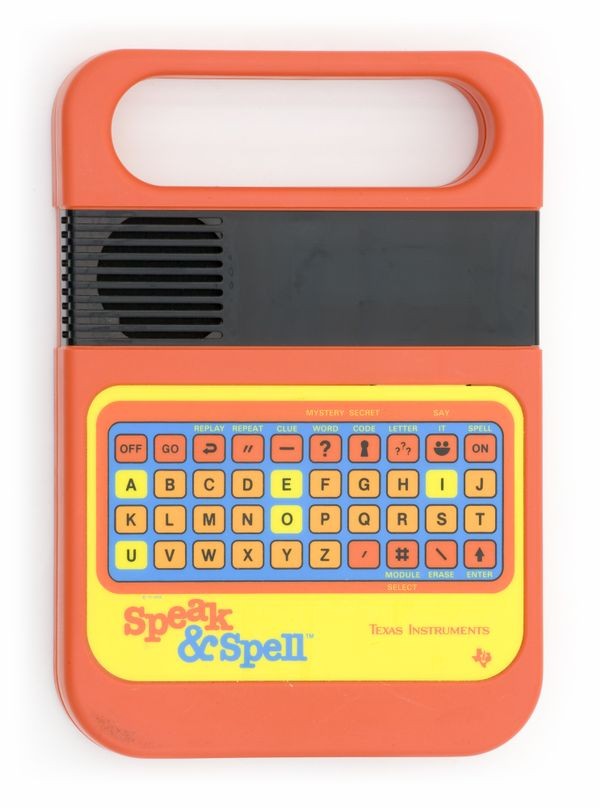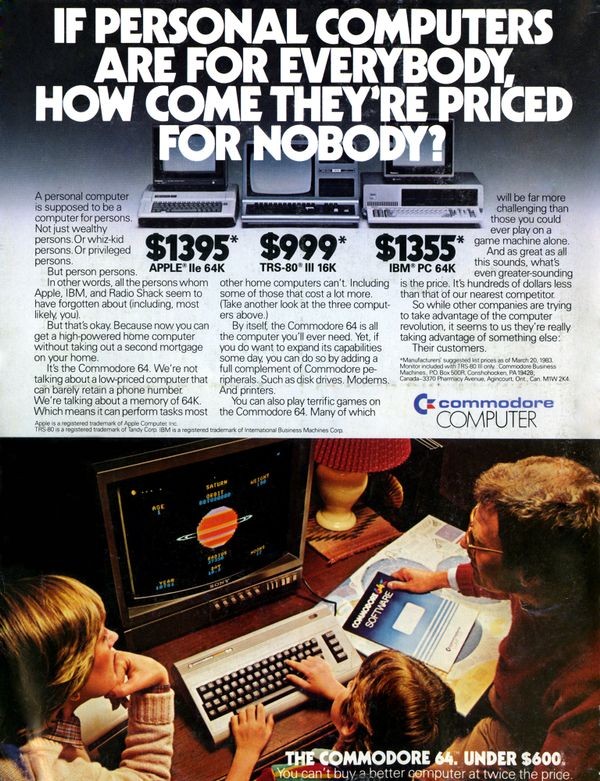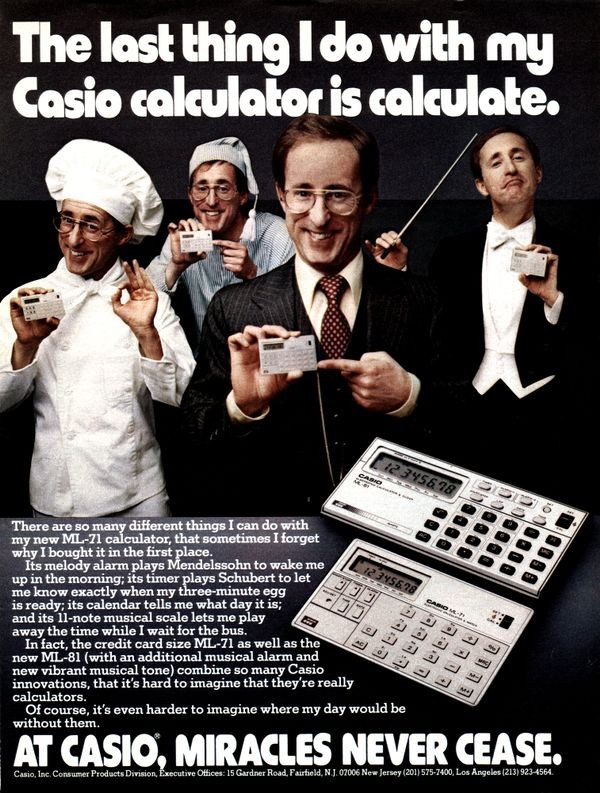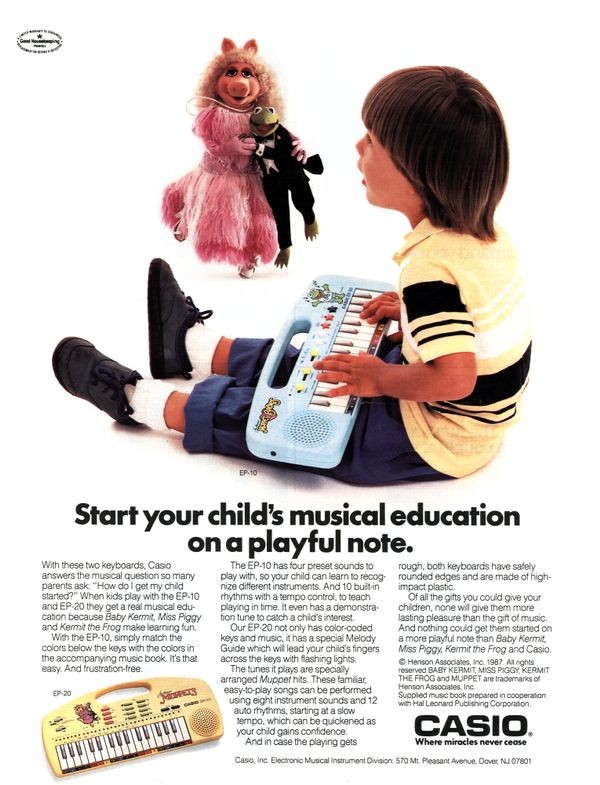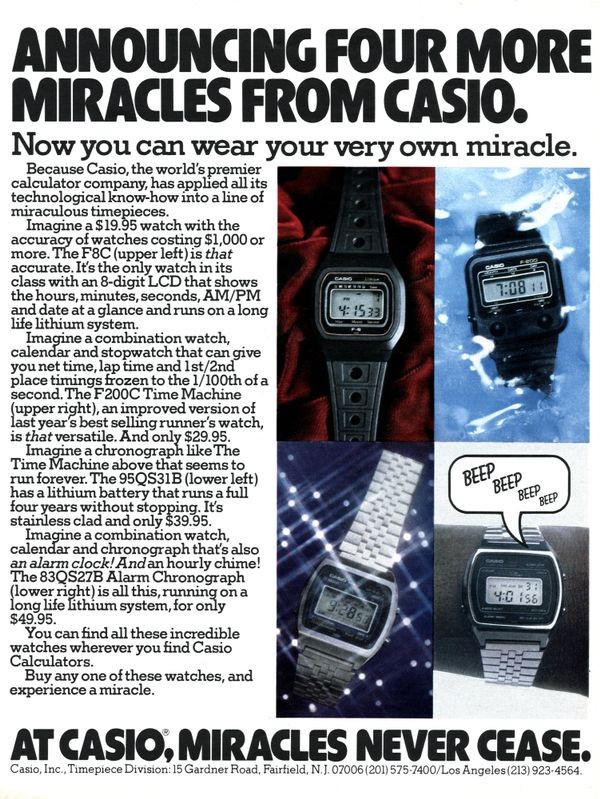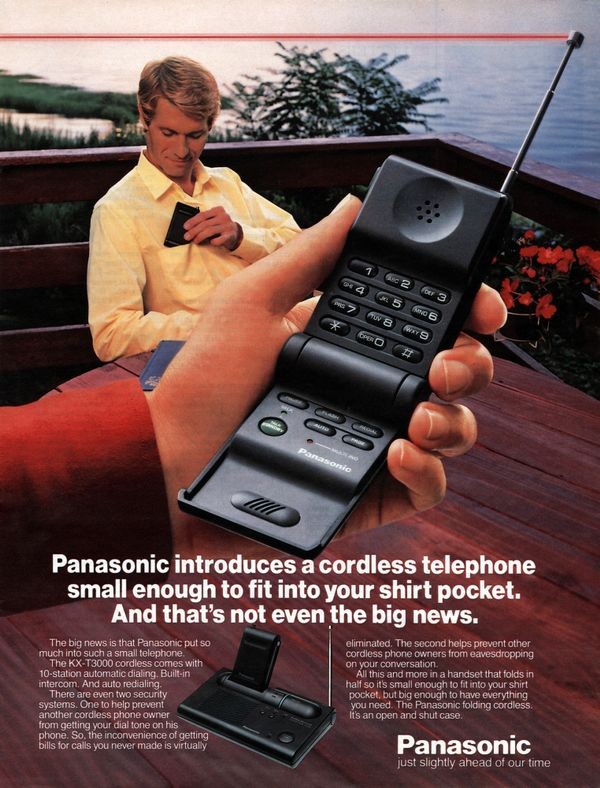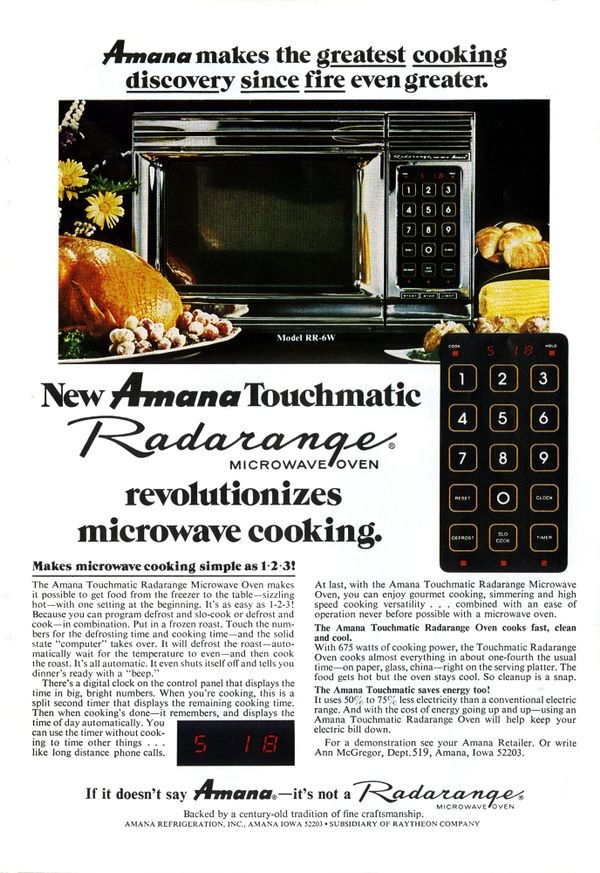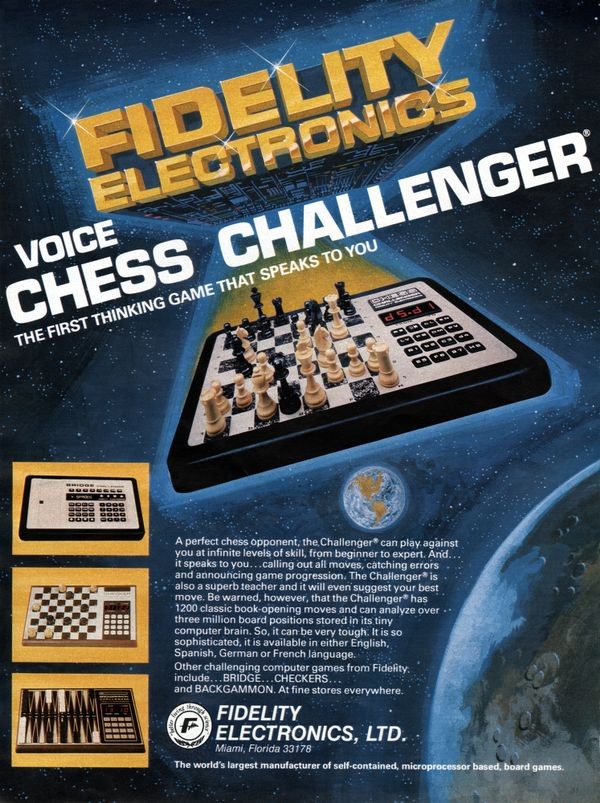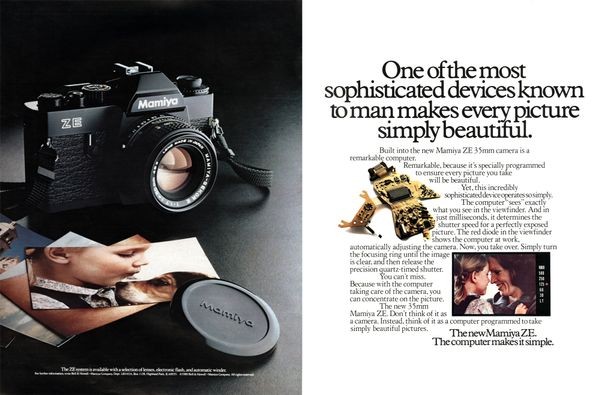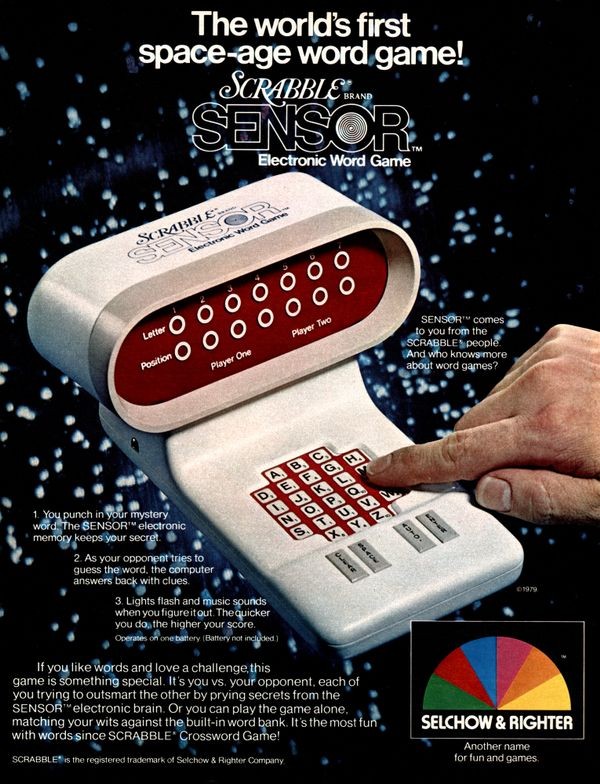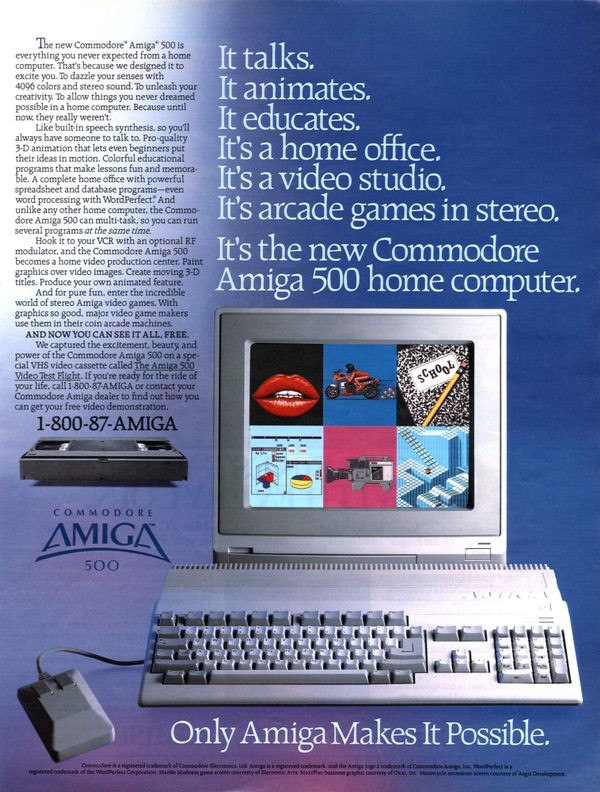Microprocessors Flourish
6800 microprocessor, Motorola, 1974
The general-purpose 6800 microprocessor came with a family of compatible peripheral chips that enabled widespread use in computing, communications, and industrial systems.
The 8-bit Generation
Intel’s 4004 processed one 4-bit “nibble” at a time. But broader use required microprocessors able to manipulate at least 8-bit “bytes.” When the Computer Terminal Corporation (CTC) ordered a custom-designed chip, Intel began developing an 8-bit solution: the 8008.
In the end, CTC didn’t use the 8008. But Intel, recognizing the value of a general-purpose chip, marketed it in 1972.
Customer response to the 8008 inspired Intel’s more powerful 8080 and Motorola’s 6800 in 1974. Both succeeded as replacements for lower-complexity logic chips, and as the heart of new personal computers.
January 1975 Popular Electronics magazine cover
Electronics magazines helped spread information about the second generation of microprocessors to hobbyists.
View Artifact DetailJuly 1974 Radio Electronics magazine cover
Electronics magazines helped spread information about the second generation of microprocessors to hobbyists.
View Artifact Detail8080 microprocessor, Intel, 1974
Boasting up to 10 times the performance of its predecessor, the 8080 was Intel’s first widely used microprocessor.
View Artifact DetailDecember 1975 Byte magazine cover
Electronics magazines helped spread information about the second generation of microprocessors to hobbyists.
View Artifact DetailMicroprocessors Flourish
Competition among new microprocessor vendors brought lower prices and enhanced features.
The USSR cloned Intel’s 8080. Zilog’s Z80 improved on it. MOS Technology’s 6502, at just $25, powered Apple, Commodore, and Atari home computers. TI pioneered under $2 single-chip microprocessors (called microcontrollers). Its TMS-1000 was widely used in toys and appliances.
Microprocessors 1971 to 1996
This poster created by the Computer History Museum highlights the competitive microprocessor and microcontroller marketplace from 1971 to 1996.
View Artifact DetailCommodore PET home computer, 1977
Based on MOS Technology’s 6502 microprocessor, Commodore’s Personal Electronic Transactor (PET) became an early favorite in schools and homes.
View Artifact DetailZX Spectrum Microcomputer, Sinclair, 1982
Powered by the Zilog Z80 microprocessor, the Sinclair ZX Spectrum was one of the most popular European computers of the 1980s.
View Artifact DetailA Speaking Micocontroller
As sophisticated chip technology became cheaper, using computers became child’s play.
TI’s 1978 Speak & Spell used the TMS-1000 microcontroller plus some custom chips to duplicate a human voice. A mathematical model of the human vocal tract transformed digital information into synthetic speech. The toy stored more than 100 seconds of spoken words.
Speak & Spell design team
The team that created TI’s Speak & Spell™ included (left to right) Gene Frantz, Richard Wiggins, Paul Breedlove and Larry Branntingham.
View Artifact DetailSpeak & Spell, TI, 1978
Speak & Spell contains speech synthesizer electronics and software, a keyboard, display, and slot for ROM-based library modules. The TMS1000 was the brains of the device.
View Artifact DetailTMS 1000 4-Bit microcontroller, TI, 1976
Gary Boone and Michael Cochran designed the TMS1000 microcontroller, the brains of the Speak & Spell.
View Artifact DetailRelated Content
Learn more about how microprocessors entered the mainstream of electronics
General-purpose microcontrollers
